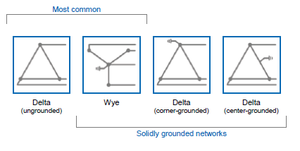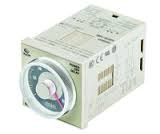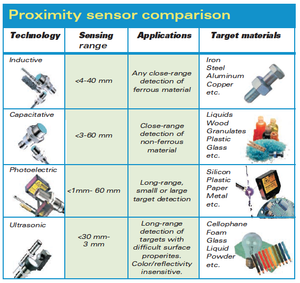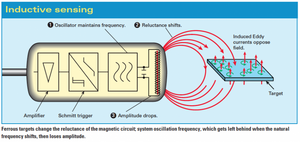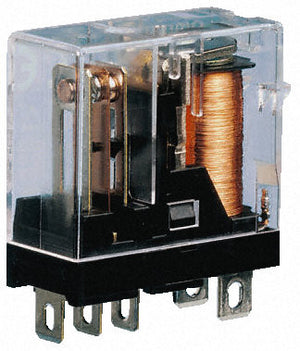Effect of Harmonics

Effect of Harmonics on Power Distribution Systems
If improperly designed or rated, electrical equipment may malfunction when voltage and current harmonics are present in the electrical system.
Harmonics have existed in power systems for many years. In the past, most electrical equipment used balanced loads referred to as linear loads (loads where the voltage and current follow one another without any distortion to their pure sine waves). The current drawn by the load is proportional to the voltage and impedance, and follows the envelope of the voltage waveform. Examples of linear loads are constant speed induction and synchronous motors, resistive heaters, and incandescent lamps.
The rapid increase in electronic device technology such as diodes, thyristors, variable frequency drives, electronic ballasts, battery chargers, and switching mode power supplies cause industrial loads to become non-linear. The non-linear load connected to the power system distribution will generate current and voltage harmonics. The current and voltage have waveforms that are non-sinusoidal, containing distortion, whereby the 60 Hz waveform has numerous additional waveforms superimposed upon it, creating multiple frequencies within the normal 60 Hz sine wave. The multiple frequencies are harmonics of the fundamental frequency. For example, if the fundamental frequency is 60 Hz, then the 2nd harmonic is 120 Hz, the 3rd is 180 Hz, and so on.

The graph above shows how a fundamental frequency and several harmonics combine to produce a resultant waveform. Source: www.hersheyenergy.com
To quantify the distortion, the term total harmonic distortion (THD) is used. The THD value is the effective value of all the current harmonics added together, compared with the value of the fundamental current. Normally, current distortions produce voltage distortions. However, when there is a stiff sinusoidal voltage source (when there is a low impedance path from the power source, which has sufficient capacity so that loads placed upon it will not affect the voltage), one need not be concerned about current distortions producing voltage distortions.
Power systems designed to function at the fundamental frequency, which is 60 Hz in the United States, are prone to unsatisfactory operation in the presence of harmonics.
· There is an increasing use of variable frequency drives (VFD) that power electric motors. The voltages and currents emanating from a VFD that go to a motor are rich in harmonic frequency components.
· The harmful effects of harmonic voltages and currents on transformer performance often go unnoticed until an actual failure occurs.
· Many industrial and commercial electrical systems have capacitors installed to offset the effect of low power factor. Since capacitive reactance is inversely proportional to frequency, unfiltered harmonic currents in the power system find their way into capacitor banks. These banks act like a sink, attracting harmonic currents, thereby becoming overloaded.
· The flow of a normal 60 Hz current in a cable produces resistance losses, and current distortion introduces additional losses in the conductor. Because of both the fundamental and the harmonic currents that can flow in a conductor, it is important to make sure a cable is rated for the proper current flow.
Often, the operation of electrical equipment may seem normal, but under a certain combination of conditions, the impact of harmonics is enhanced, with damaging results.
Once you have recognized that harmonics are in an electrical system, the next step is to carry out tests to determine the magnitude and type of harmonics. Harmonic analyzers are effective instruments for determining the wave shapes of voltage and current, and measuring the respective frequency spectrum.
3JIndustry Specialized Distributor - Buy & Sales Used Products
Email : Sales@3JIndustry.com
- 3J Industry
